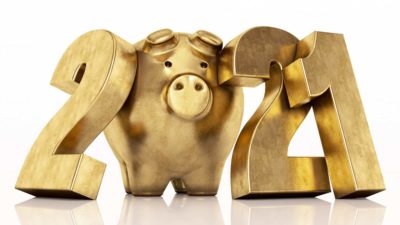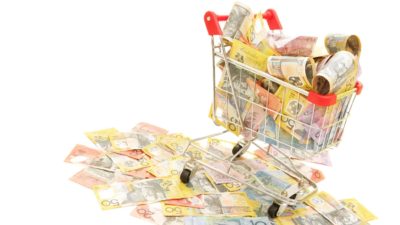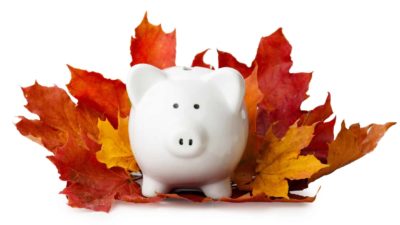One of the most robust companies to endure the chaos of 2020 has been A2 Milk Company Ltd (ASX: A2M).
Strong demand for consumer staples in the face of the COVID-19 pandemic has helped to boost sales and the a2 Milk share price has risen an incredible 30% so far this year.
But as well as robust demand, another great reason to own a2 Milk shares is the company's monster returns on shareholder equity.
Milking huge, sustainable returns
Above-average returns on equity (ROE) is often a clue that a company has a competitive advantage. For investors trying to compound returns over time, this is a beautiful thing.
ROE is simply a company's net profit after tax divided by the shareholder equity in the company. We always need to be careful about how we use ratios like return on equity, but I think the insight it provides is still valuable.
According to data compiled by valuation guru Aswath Damodaran, the average ROE for the food processing industry was 7.9% in 2019. For the 2019 financial year, a2 Milk reported a return on equity at a monstrous 36%!
Breaking down return on equity
To see where a2 Milk's huge ROE comes from, we can use a method called DuPont analysis to break it out into 3 components:
- Net profit margin (Net Income ÷ Revenue) 0.22
- Asset Turnover (Revenue ÷ Assets) 1.31
- Equity Multiplier (Assets ÷ Shareholders' Equity) 1.26
- Return on equity = (0.22) x (1.31) x (1.26) = 36%
What does this tell us? Firstly, we can see that a significant part of a2 Milk's return comes from the company's high profit margin. By marketing its milk products as an alternative for people with intolerances to regular cow's milk, a2 Milk can command a premium price.
The asset turnover ratio tells us that for every $1 of assets, a2 Milk generated $1.31 in revenue in 2019. This was up from $1.29 in the 2018 financial year. Growing revenue without investing more in new assets is a great outcome and reflects increasing sales margins.
Finally, the equity multiplier shows us how much debt a2 Milk is using. A company's assets are funded with either debt or equity. Using more debt means less equity is required which can increase returns to shareholders. Global biotechnology company CSL Limited (ASX: CSL) is an example of a company with a large equity multiplier.
Interestingly, although a2 Milk has no interest-bearing liabilities, the company does use its supplier payment terms (the time allowed to pay its suppliers) to cleverly finance some of its assets.
Foolish takeaway
a2 Milk's high profit margin and sales efficiency are the keys to the company's strong return on equity. If the company can continue to grow revenue and maintain its strong returns in the years to come, I think shareholders with a long-term perspective will be well rewarded.








